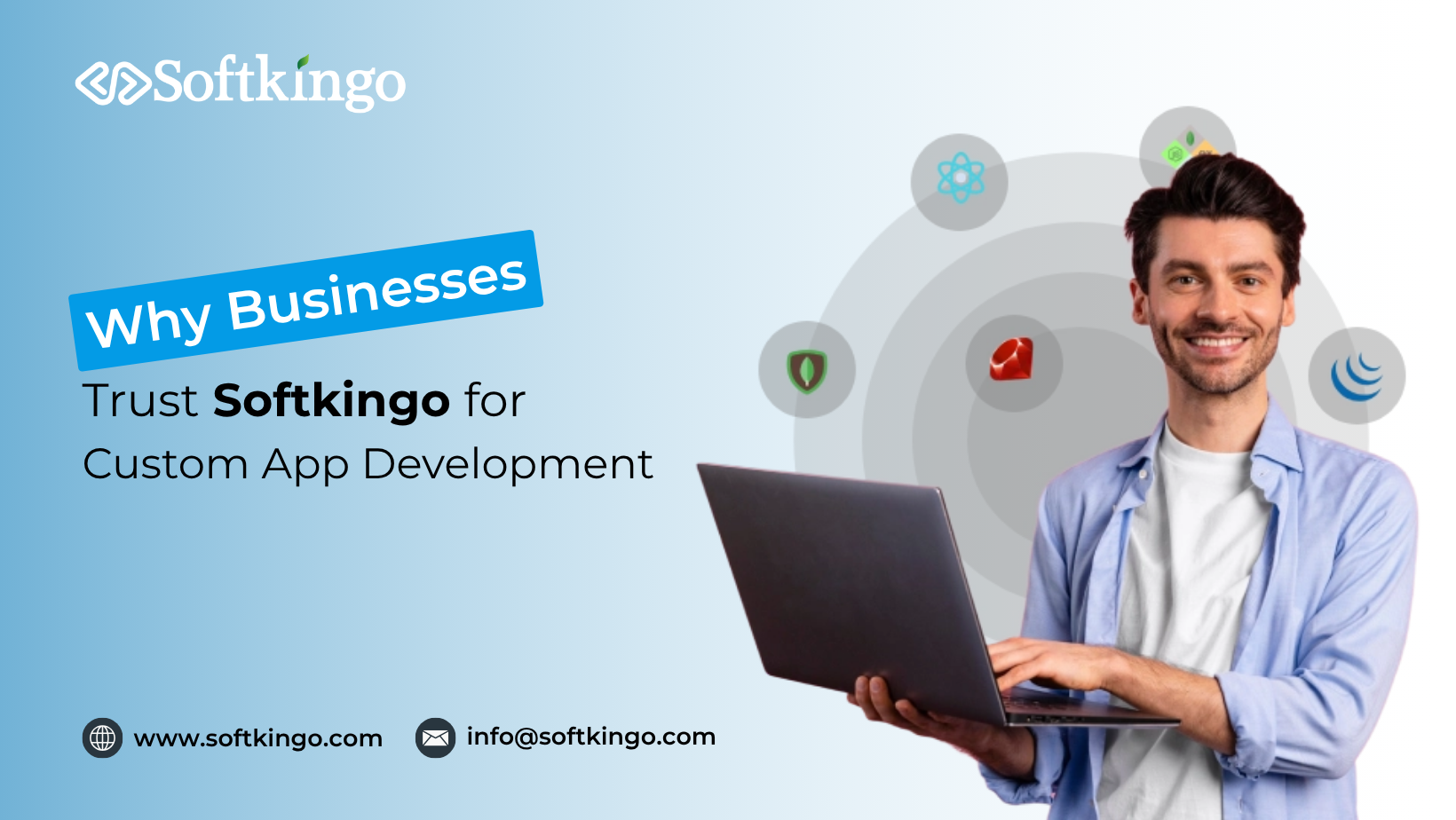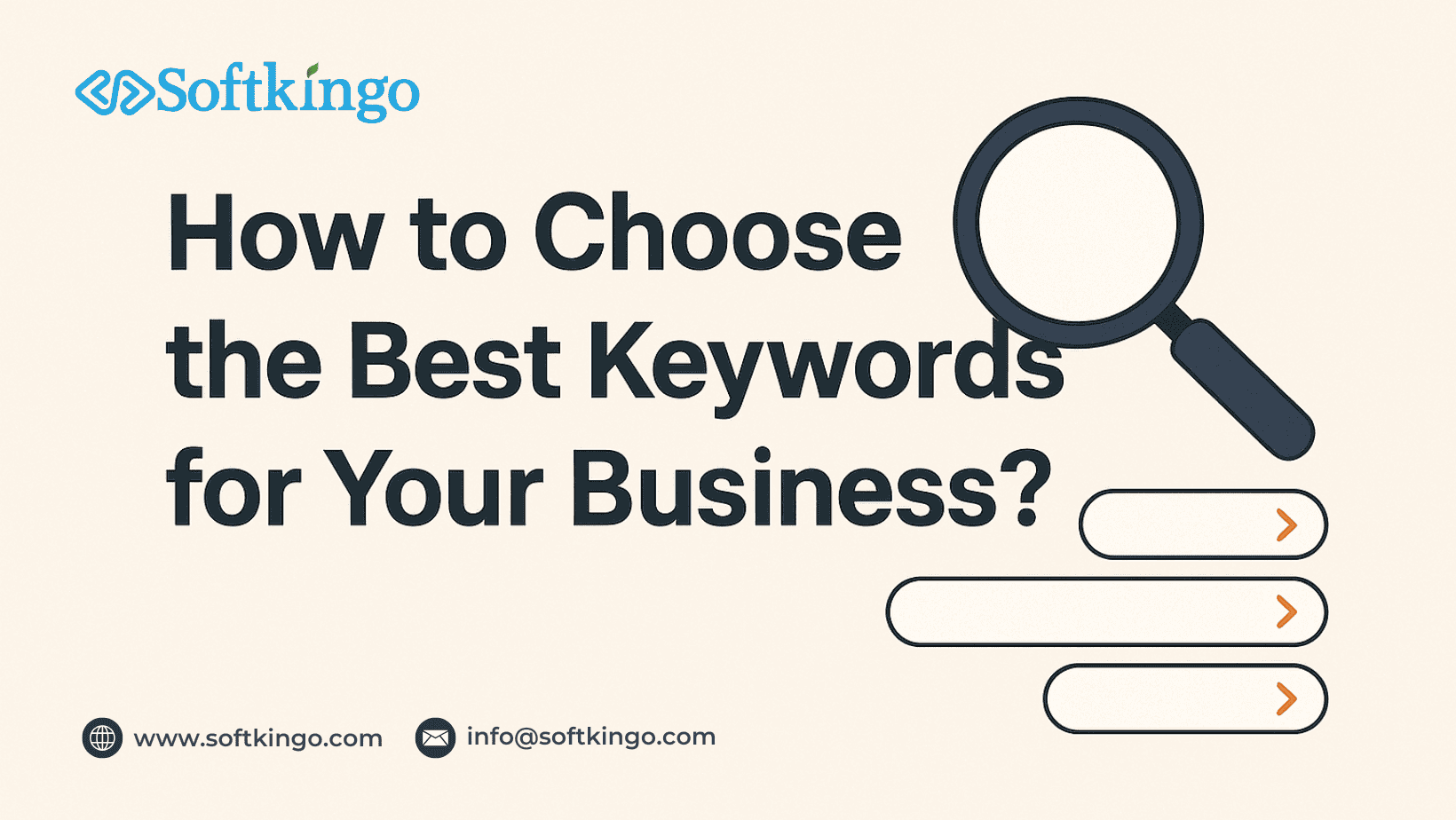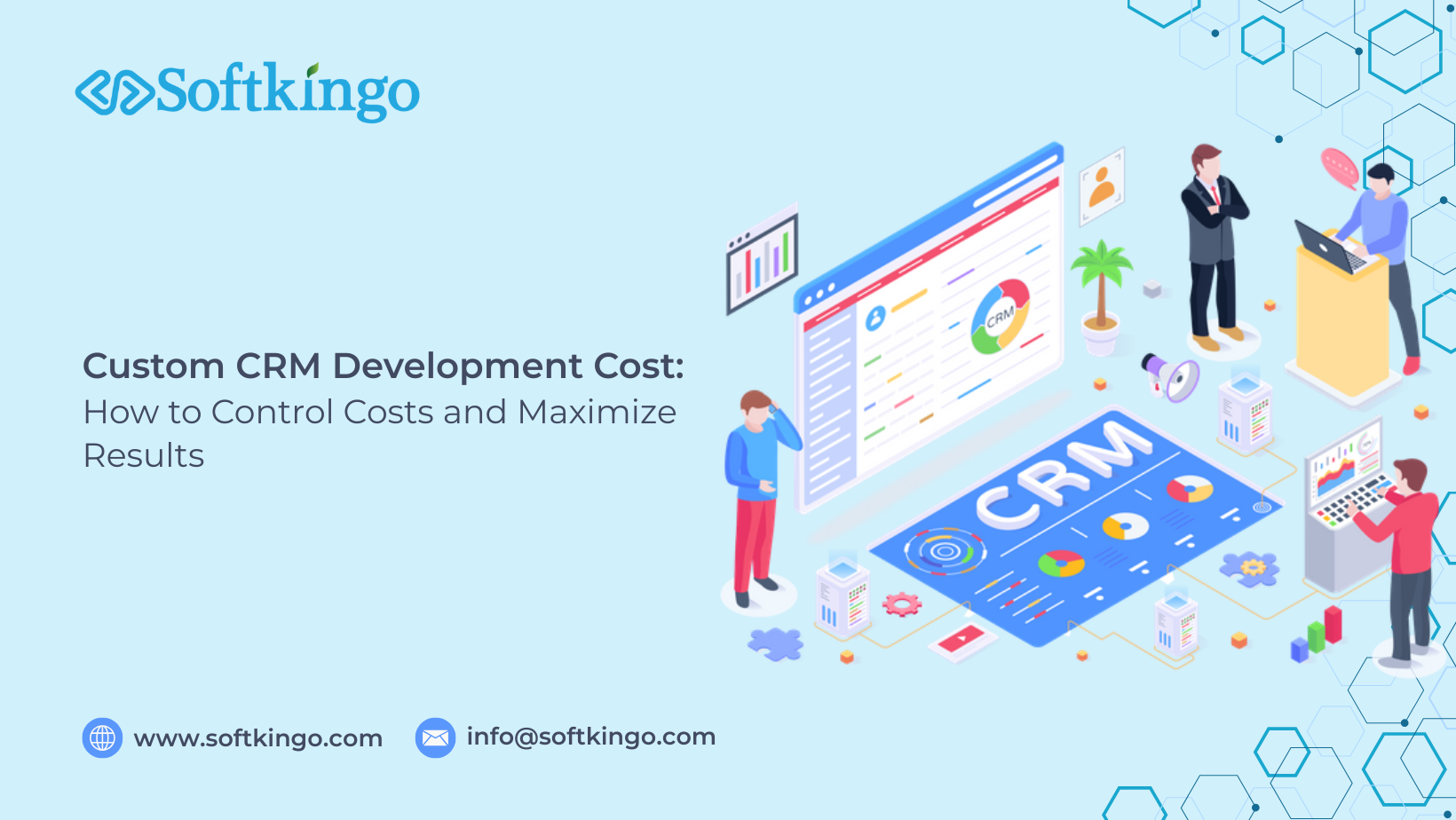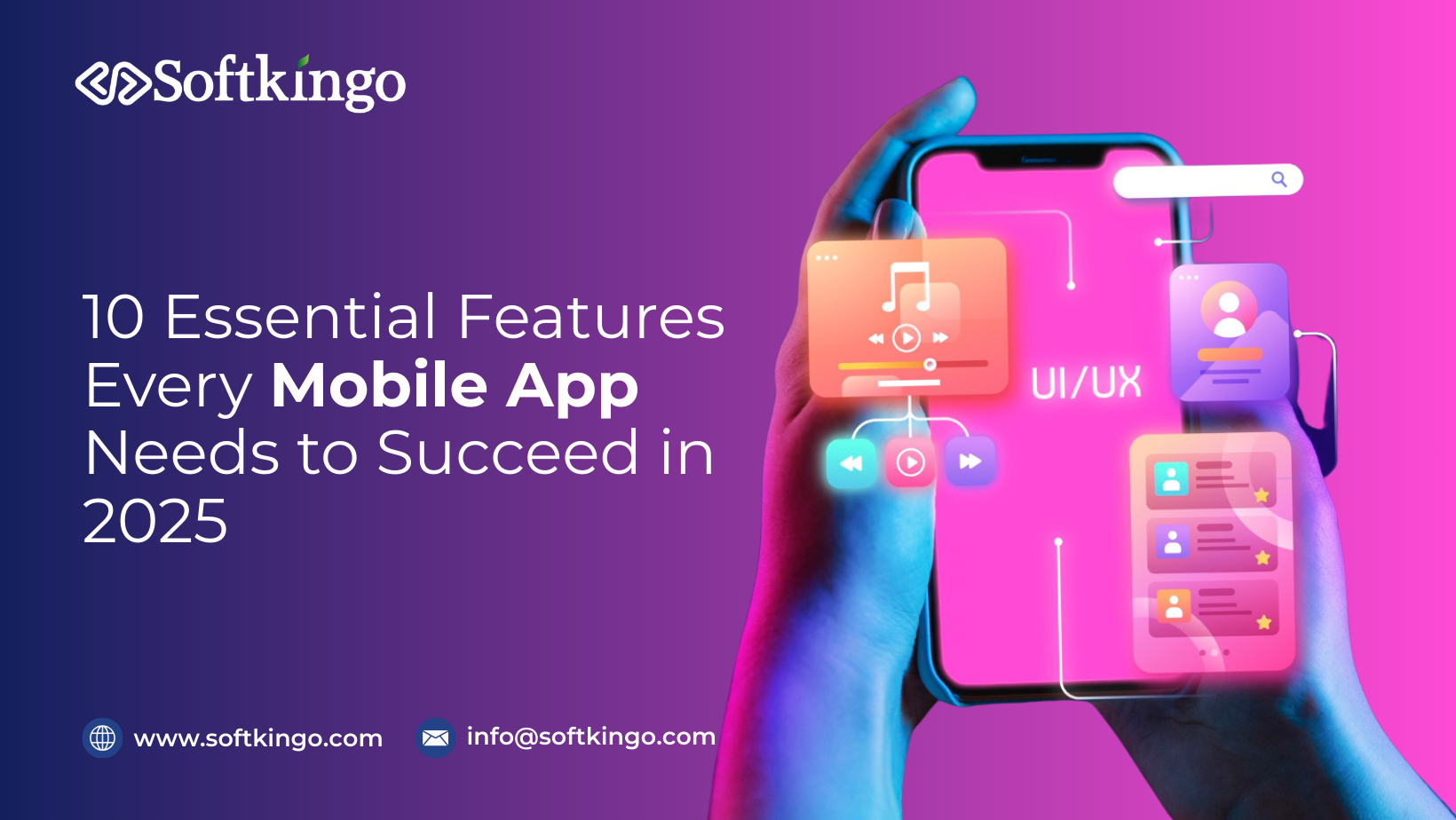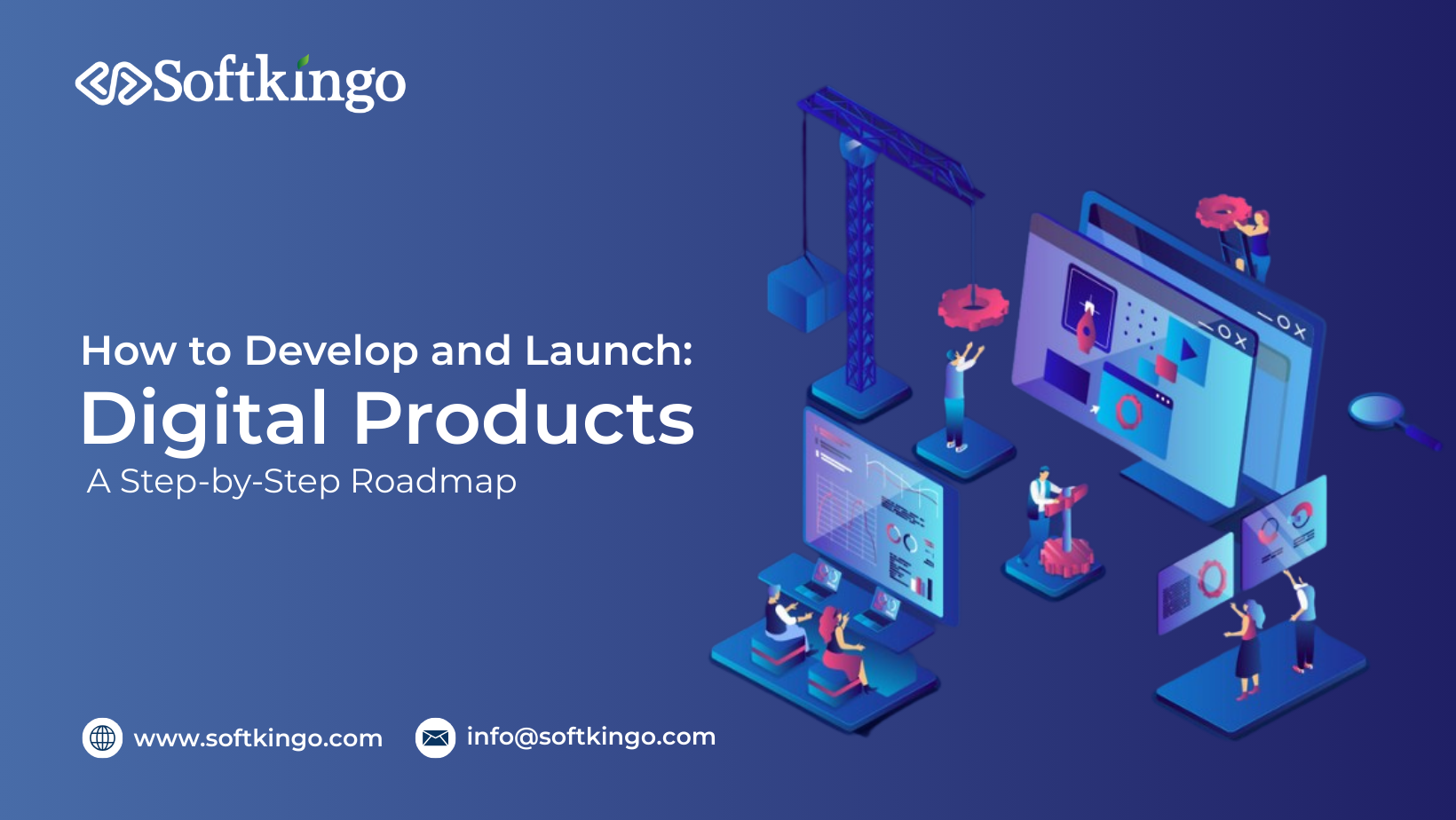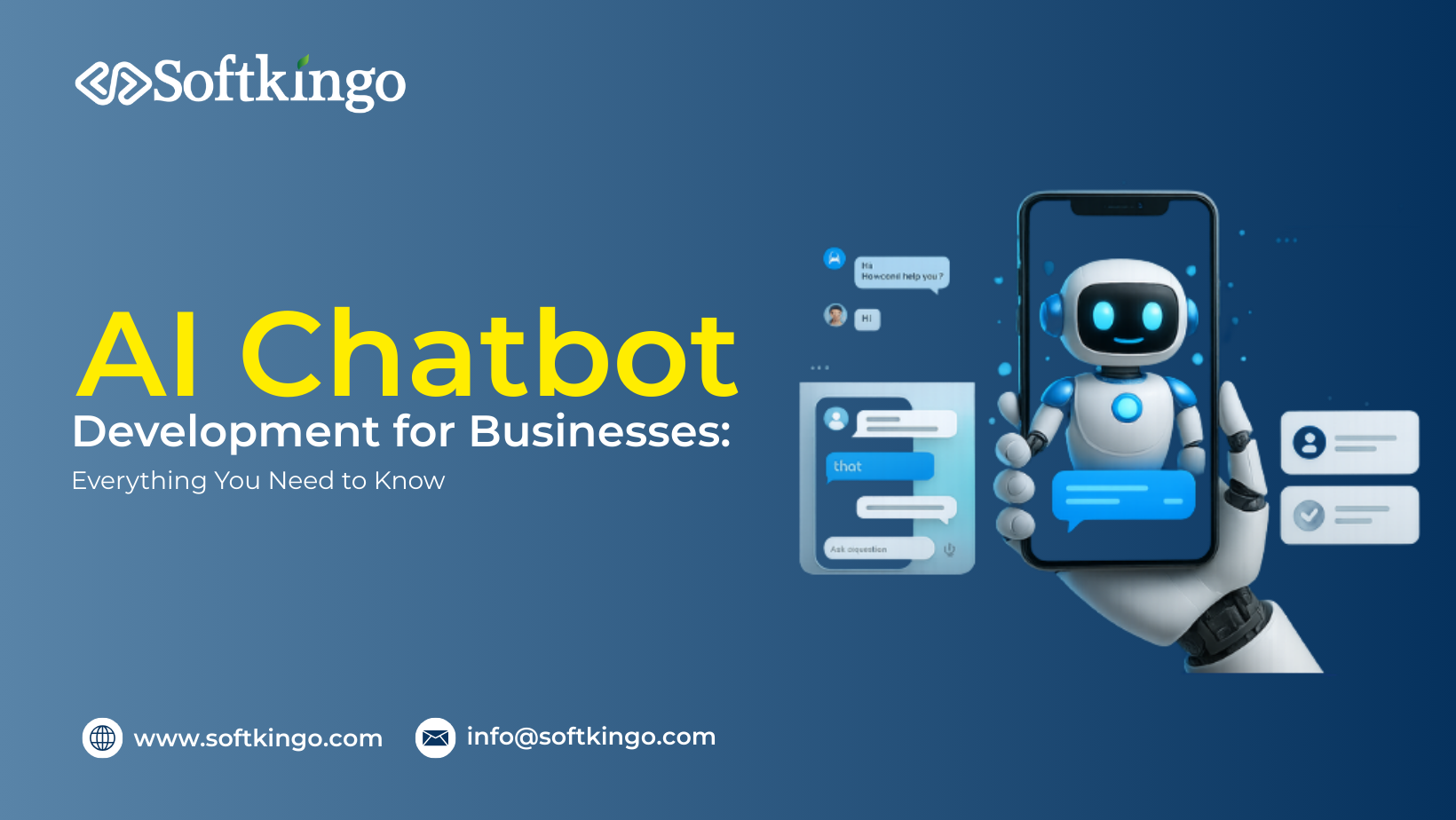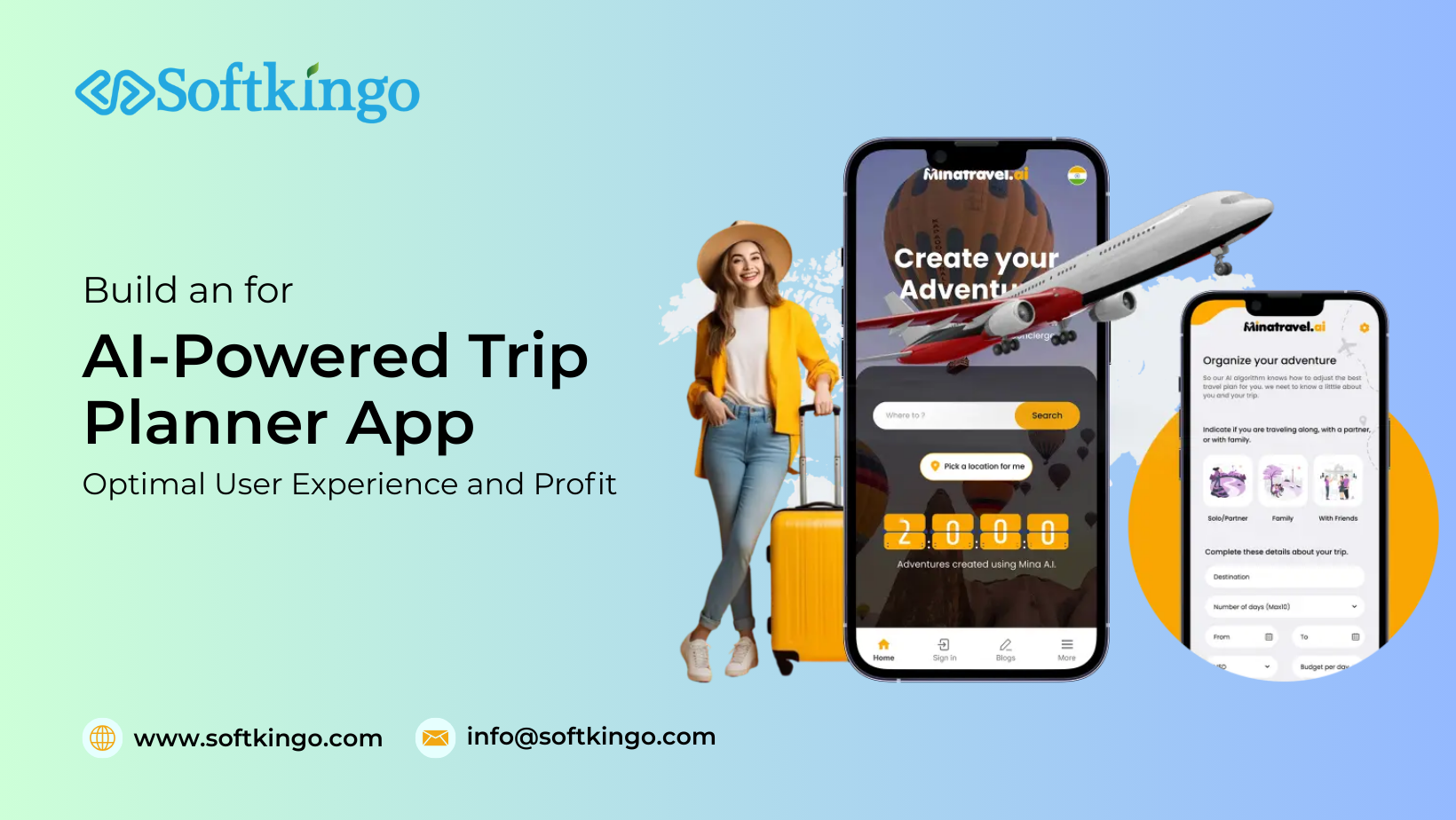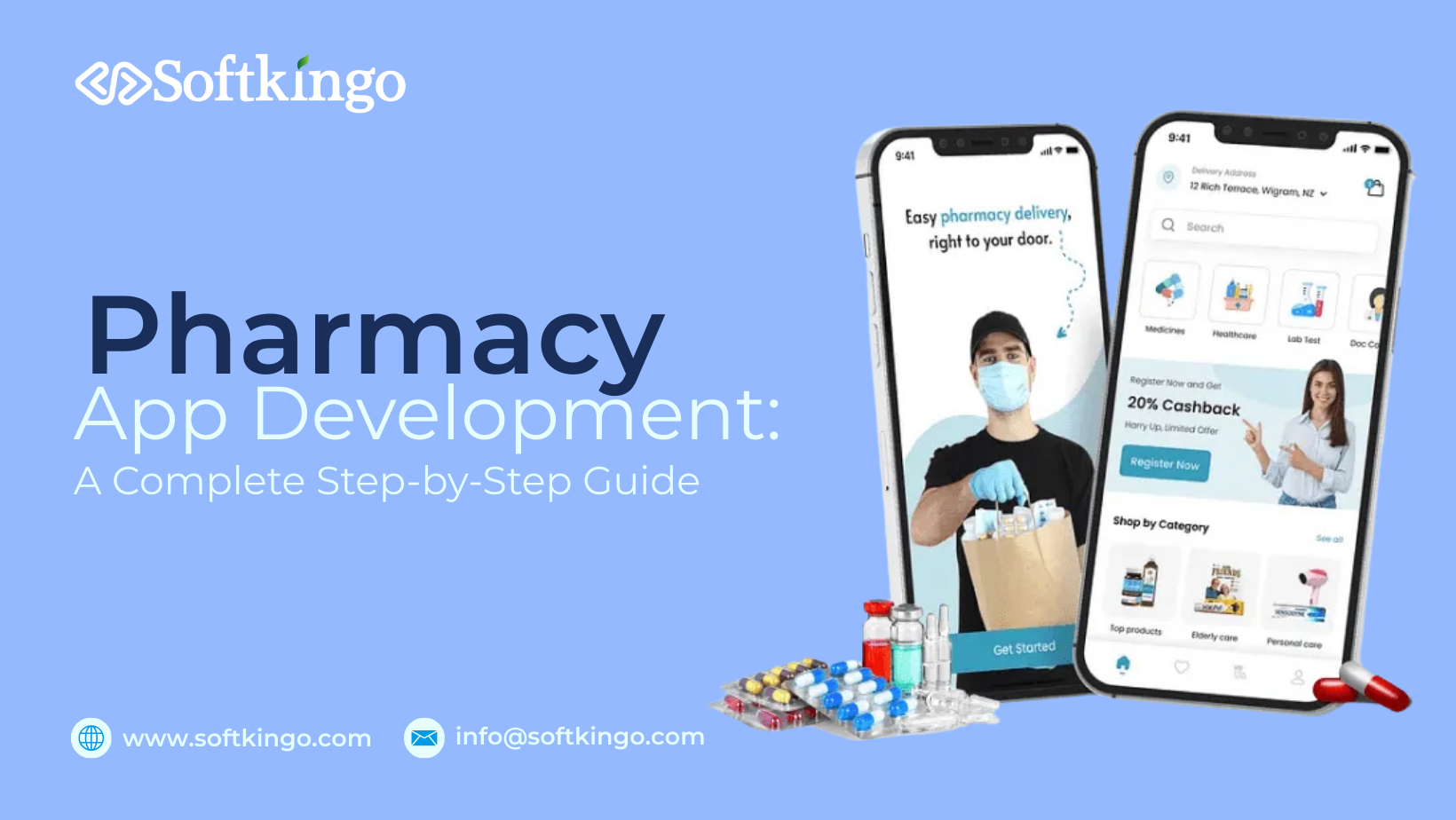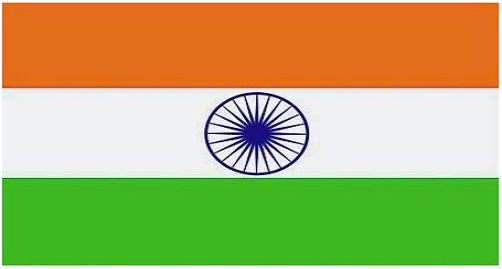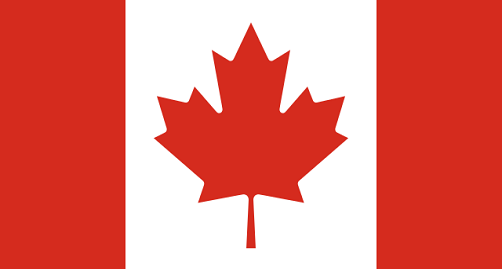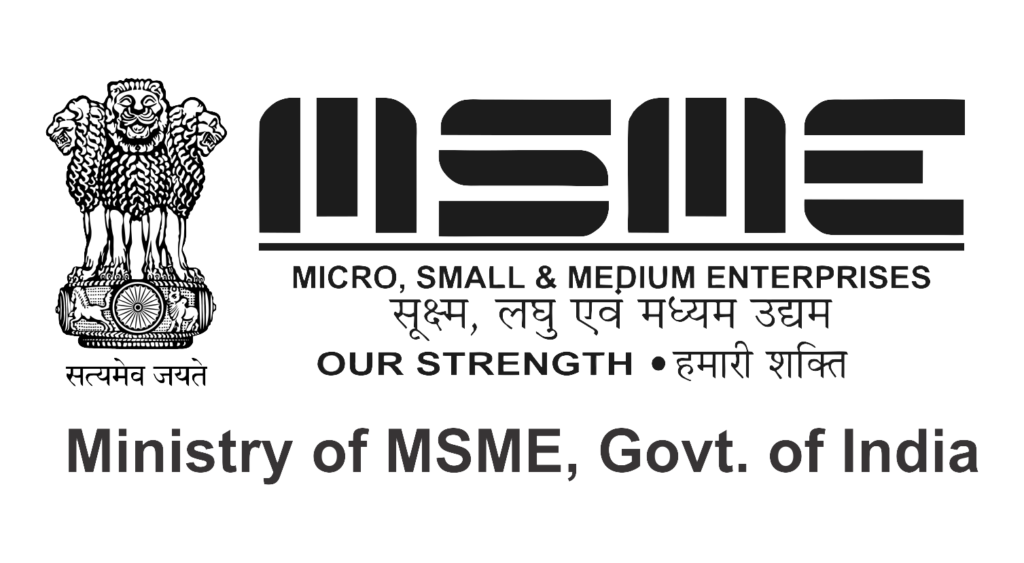
Are you wondering how to create a dating app? Here’s a guide to everything you need to know about developing dating apps: features, process, technology, architecture, and more.
Creating an online dating app that successfully gains momentum is probably one of the biggest challenges you will face. Your dating app is unlikely to replace Tinder, but it doesn’t have to be. You can create a successful dating app tailored to a specific genre, location, or type of audience.
Softkingo has helped many companies build dating apps with chat built in, so we created a guide for developers considering a new dating app in a competitive market.
However, there are several important steps you need to take before the dating app development phase, including market research, user behavior analysis, and understanding the type of competition you face.
To help you educate yourself on how to set up a dating app project, this guide will provide you with all the information you need. We’ll start with an overview of the dating apps currently on the market and then move on to some things to consider before you decide to build your own. We will outline the important features, project life cycle, and costs involved in developing your own dating app.
Top Three Dating Apps
With the growing popularity of online dating over the past decade, there are hundreds of dating apps on the market. To name a few, here are the most popular and widely used dating apps today, along with their reviews:
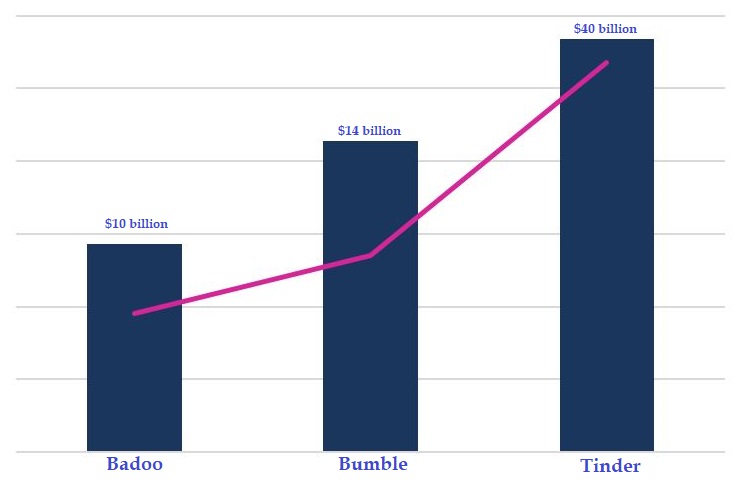
1. Tinder: $40 billion
The most popular by far is Tinder, and it’s not going away anytime soon. What has made Tinder so popular is its ease of use, playful encounters with the Swipe feature, and giving users more control.
2. Bumble: $14 billion
In second place is Bumble, which has learned from the reaction of women to using Tinder, some of whom are overwhelmed with incoming messages. Bumble gives women more control over their experience by allowing them to initiate conversations first.
3. Badoo: $10 billion
Badoo started as a gaming, social discovery, and quiz app inside Facebook long before Tinder and Bumble even existed. However, when Facebook threatened them with an audit, Badoo turned to a standalone app similar to Tinder.
Source: Dating App Usage and Revenue Statistics (2022)
Different Types of Dating Apps
Dating apps of all shapes come with different formats, features, and user experiences. Some apps like Tinder target a broad audience while others target a niche audience. For example, Tastebuds is a dating app for music lovers.
Some types of apps are primarily web-based, such as Match, eHarmony, and OkCupid. People looking for a serious relationship are naturally drawn to websites when they sit at their desktop computer or laptop and browse through profiles before striking up a conversation with a potential partner.
Other types of apps are mobile apps and use scrolling for a larger audience. Other apps include built-in games for those who want to try something new in hopes of finding the love of their life.
Dating app trends
When we talk about dating app usage trends, the biggest one in the room is that we’re emerging from a global pandemic and lockdown (we hope!). So what is happening on Earth and what will future generations do?
Unaware of what life was like before the internet, the younger generation is increasingly integrating technology and social media into their love lives. “A lot of people these days are more used to communicating through technology than face-to-face, which can remove some barriers,” said Jason Funk, a student at Brigham Young University.
Based on user reviews, the most successful dating apps are simple and easy to use. However, some users have become “frustrated with the ‘crazy’ swiping features, and due to widespread lockdowns and social distancing, people have developed different expectations and greater needs from dating apps,” said Tian Wetzler, managing editor at Adjust. These trends have led Tinder and Bumble to Create more integrated user experiences, including not only dating but also social events and meeting new people.
Traits of a successful dating app
As users change their approach to dating for a more integrated experience, the development of dating apps must be based on carefully listening to user feedback about the most popular dating apps. There may be a gap between what these dating apps offer and what users expect, and these gaps provide opportunities for new dating apps to meet the dating apps needs of users in the future.
Here are the most important features that every dating app developer should consider at the beginning of their project:
1. User needs and challenges
As mentioned above, user needs are changing and Generation Z may not approach dating in the same way as previous generations. For example, dinner and drink dates might have been the default date before, but recently there’s been an increase in outings and even “creative” dates, like going to the book store, roller coaster, or roller coaster. . Go ice skating, or playing mini golf.
The use of video chat is also growing rapidly. Nearly half (48%) of Gen Z users said they plan to video chat and interact more with matches before agreeing to meet in real life. (Vice Media Group, 2021).
It is important to remember that although the means have changed, the end result users are seeking has not. They always want to find a perfect match for a long-term relationship or a casual fling, and they always have.
2. Market and competition study
Before developing a dating app, it is important to study the market and your competitors in the current scenario. Users can be completely lenient with dating apps that are poorly designed or that lack the features they need.
By studying your competition, you can find unmet user needs and create a dating app or feature to meet that specific need. Also, you can use the best features of the most popular applications and improve them to provide a better user experience.
Another aspect of your market research is helping you decide whether you should target a broad audience or cater to a specific segment of the population, such as LGBTQ, pet owners, foodies, and the list goes on.
3. A unique or distinctive value proposition
The bad news is that it’s very difficult to create a dating app that gains enough traction to be successful. But here’s the good news: the sheer complexity of the dating market is such that you don’t have to be the next Tinder to make a successful dating app.
Here are three questions you should ask yourself before moving forward with your development plan:
What specific user behavior would you consider using as a metric?
Will your dating app have a great user experience that will create the lasting networking effect necessary for the success of the app?
Will the dating app be specific to a specific user segment or location?
Thinking about these questions will help you focus on the right features, metrics, and audience for your dating app.
4. Monetization strategies
Not only do you want to have a unique core value proposition and cater to your user base, but to ensure that your dating app remains profitable for years to come, you need to optimize your dating app to make money. Also necessary.
We’ve listed several ways to monetize a dating app, including the following strategies:
- Affiliate marketing and paid advertising
- Membership plans
- In-app purchases
- Premium feature upgrade
You can also try creative strategies, such as offering walls that include ways for users to get free credits or rewards for completing tasks. Keep in mind that you can use multiple policies at the same time as long as your users are signed in to each other and your application is fully functional.
Main features of the dating app
To create a dating app that is gaining traction, you need to incorporate features that not only enhance user engagement but also keep them engaged with the platform. Here are some important things to include in your application.
Gamification
All dating apps have user profiles but that doesn’t mean they have to follow the same standard format as all other apps. You can get creative by incorporating rich media into your user profile and even offering a layer of manipulation that enhances user behavior with perceived benefits.
This does not mean that we should avoid human relationships, we certainly should not. However, we want user profiles to stand out and invite initial icebreaker conversations, as well as strategically offer rewards for user retention. The main idea behind using app games is to create a system that motivates the users so that they feel a sense of accomplishment for participating in the core tasks.
Matching Algorithm
For a dating app to work, there needs to be a matching algorithm that matches one user to another based on everything from metrics of app usage activity to their interests and preferences. Mashable provides a good overview of how the matching algorithm works, including some of the most common ones:
Location-based matching using GPS technology
Math-based matching relies on users’ responses to questions about interests, preferences, and even political opinions.
A behavior-based matching algorithm records data about how users interact with the app
Machine learning algorithms “learn” what a user is searching for based on successful or failed matches, improving the algorithms’ accuracy and match quality.
Chat and Messaging
You could say that instant messaging is the “engine” of any dating app. Although this is a basic need, the challenge is keeping users on the platform rather than exchanging numbers and taking their conversations off the platform. This is where comprehensive chat and in-app messaging come in handy. To complement the SMS, video calls and voice notes can also be integrated into the dating app.
Audio and Video calls
The rise of video calls is one of many trends that indicate users want to feel comfortable and connected before a meeting. Facial features, tone of voice, and other forms of nonverbal communication enrich your interactions, allowing users to interact on a higher level than just text or SMS.
Send Notifications
Don’t forget to integrate the push notification feature into your app so that you can bring users back when a match sends them a message. Bumble does this as shown below:
Les utilisateurs de votre application reçoivent des notifications d’évenements important, lorsque quelqu’un s’est interessé to leur profil, que leur profil a eté mis en correspondance avec celui de quelqu’un d’autre ou si quelqu’un leur an envoy message.
With more details and examples, we have listed other dating app features that increase user engagement.
Project life cycle development in 7 stages
To fully estimate the time, money, and resources required to fully build a dating app, let’s take a look at what happens with the development of a dating app from start to finish and what happens after the app is released into the user database. receipt.
1. Market analysis
As mentioned earlier in this guide, it is important to devote sufficient time and resources to careful planning and market research of competing apps in order to develop a dating app that users will want.
2. Project management
An application development project has many moving parts and many stakeholders. So there is a clear need for the project manager to lead all efforts and steer the development process in the right direction, as originally planned.
3. Design
Creating a dating app is not just about writing lines of code but also designing it that helps create a user-friendly interface to create the best possible user experience. Therefore, money from the application project budget should be allocated not only to developers but also to designers.
4. Development
Being the “core” of a project, development will obviously occupy a significant portion of the time and resources in the entire project life cycle. There are different ways to develop: the most popular today are sprint development, sprint courses, etc.
5. Quality assurance
Although no application is bug-free, a lot of care and effort must be taken to ensure that the application is secure, can withstand most cyberattacks, and works without compromising personal information. Your application should only consume the resources it needs to run and scale without wasting memory, bandwidth, and server resources.
6. Start the application
The big day comes when you have a final product ready to go out to your passionate user base who can’t wait to find their dream partner using your dating app. This can be the most exciting and nerve-wracking part of the whole process. If you have planned to prepare for the launch in advance by following the iOS App Store or Android Google Play requirements with your team’s marketing campaign, your dating app launch should go smoothly.
7. Post-launch maintenance
Once you roll it out to your user base, your job is not done yet. At this point, you move into the post-launch maintenance phase of your project lifecycle. Based on user feedback, it will always fix bugs, improve existing features, add new features and find ways to generate more income from your app. Instead of a static product, your dating app becomes a living organism that is constantly evolving with your user base.
How to create a dating app that people will love
This section covers important aspects of dating app development, including framework, process, prerequisites, tools, design, privacy, and security.
Introduction to dating app development
After studying the market and user behavior in other apps, the dating app development process involved careful planning and a variety of user interface considerations:
- Understand user expectations
- Select the most requested features, including gamification
- Ensure security and data protection
- Choice of the technology stack and system architecture
- Create secure authentication for the user
- Develop your matching algorithm
- Design an engaging user experience with an easy-to-use user interface
- Add text, voice, and video chat
Finally, you want to develop a deployment plan that includes testing, debugging, post-deployment updates, and maintenance.
Design and Architecture of dating applications
Dating app development requires user personas, user flows, wireframes, prototyping, and user interface design.
User persona
Creating a user is an important step in planning and building your dating app. You may choose to design and build your dating app for a niche user segment, such as dog lovers, over 50 crowds, etc., rather than making your dating app like Tinder.
User flow
Describing and prototyping your dating app helps you visualize how a user will navigate setting up their profile, finding a match, and communicating with the match.
Dating app architecture
To be a dating app MVP you must have at least a social login, security, and privacy controls, geolocation, user profiles, profile settings, system chat or messaging with push notifications, and some kind of matching algorithm including algorithms. These will need to be discussed in the features section above.
There are many pieces to put together and you will need the architecture of the system to do so. To create a viable dating app, your system architecture will need at least the following components:
Getting all of these elements to work together can seem complicated, but Softkingo has a ready-made dating app chat platform that makes it easy to integrate text, audio, and video chat.
Interface and user experience of a dating app
The interface of the dating app should be intuitive and easy to use. Most users today are tech-savvy and therefore less forgiving of confusing user interfaces. Therefore, it is best to keep the user interface as simple as possible by using the following tags:
Protection and security of user data
With large amounts of private user data and information, security has to be top-notch. In addition, messages sent by users must be securely encrypted.
To create basic security, PGP-based encryption should suffice. Let’s take a look at the three basic aspects that are essential to an online dating app.
Strong authentication and authorization
It’s safe to say that one of the most pressing steps on your dating app security checklist is implementing strong authentication and authorization mechanisms.
A strong authentication process is essential, with privacy, session management, identity management, and device security in mind. It is important to implement multi-factor authentication rather than relying solely on usernames and passwords.
We strongly recommend using technologies such as the OAuth 2.0 authorization framework or the OpenID Connect protocol, taking into account the latest versions.
A secure connection between servers
Online dating apps are constantly communicating with other systems such as back-end servers, cloud-based services, chat servers, GPS, etc. To protect these connections, Socket Layer (SSL) or Transport Layer Security (TLS) protocols and a validated security certificate process are implemented.
In addition, all APIs used by a dating app must be secure. iOS includes App Transport Security, a feature that forces apps to use Secure Hypertext Transfer Protocol when communicating with underlying services.
In addition, all APIs used by a dating app must be secure. iOS includes App Transport Security, a feature that forces apps to use Secure Hypertext Transfer Protocol when communicating with underlying services.
Guaranteed reliable performance and scalability
Dating app developers need to think about and plan for scalability before they even start with the app design processes and infrastructure. Even if your audience is a good fit, there is always a chance that you will launch your app and experience a sudden influx of users.
First, building a scalable app requires understanding the potential scope if an app like Tinder were to launch globally. With Tinder at $40 billion, downloads have reached nearly half a billion with support for over 40 languages. Over 65 billion matches have been made.
To support even a fraction of these overall usage figures without any performance degradation, your dating app must have clean code, a sleek design, and a scalable cloud infrastructure that grows with the size of your user base.
Here are some of the reselling techniques Tinder uses:
- Low response time to help users load profiles faster and maintain a smooth user experience.
- Geo-sharing, which means sharing data by geographic location to spread the workload across multiple servers.
- Flexible search for faster responses to user text searches. Instead of searching the text directly, it searches an index.
In some cases, this requires switching entirely to a different infrastructure or backend. As Coffee Meets Bagel grew, they also faced scalability issues and leveraged back-end infrastructure and virtual private clouds to increase performance and reliability with caching real-time data streaming, and user analytics. Redis is used for this.
Technology stack for dating apps
To help you build a dating app with all of the above components, we’ve created a table that shows the tech stack for iOS and Android devices, as well as cross-platform apps.
| iOS | Android | Cross-Platform | Web-based | |
| Programming Language | Swift UI, WebKit | Kotlin, Java | PHP, JavaScript | JavaScript, Python, PHP, HTML, CSS |
| Frameworks | SwiftUI, WebKit | Xamarin, Flutter | React Native, PhoneGap, Ionic | Django, Angular, Ruby on Rails |
| Database | PostgreSQL, MongoDB, MySQL | |||
| Cloud Storage | Google Cloud, Amazon S3, Heroku, Azure | |||
| Web Server | Apache, Nginx | |||
| Payment | Stripe, PayPal, Braintree | |||
| Authentication | FusionAuth, MessageBird | |||
| Social Integration | Facebook SDK, Twitter SDK, Instagram SDK, Cloud SDK (Google) | |||
| Push Notifications | OneSignal, Firebase, UserNotifications | |||
| Chat & video | CometChat, Socket.io, RecyclerView, ActionCable | |||
| Geolocation | Google Maps, Google Location Services, W3C | |||
| Machine Learning | ApiAI, AmazonML, MonkeyLearn, Rapid API | |||
| Other tools | Optimizely, Elasticsearch, Google Analytics, Imgix, Graph API | |||
Frameworks and programming languages
To achieve maximum reach in the mobile app market, choosing a cross-platform framework like React Native increases the number of device types your app will support. Tinder is an example of a cross-platform mobile app built on the React Native framework.
However, for better performance, it might be worth building your dating app from scratch using popular frameworks like Swift for iOS or Java/Kotlin for Android with Python as a backend.
API and SDK to build your own dating app
Whether you decide to build a native or cross-platform dating app, you will likely integrate component functionality through APIs and microservices. Your microservices architecture will consist of at least some of the REST APIs listed in the table above and other popular dating application APIs. Finally, if you want to use the latest AI and machine learning technologies in your dating app, you can check out Amazon ML, Monkeylearn, Rapid API, and other machine learning APIs.
Latest technology in dating app development
Databases and cloud storage can be used to store user data and preferences, and geo-sharing is used to reduce server load.
Machine learning and artificial intelligence can also be used to create dynamic matching algorithms that intelligently match users based on their evolving preferences and “learn” from previous matching activities.
Authentication combined with social integration can be used to verify a user’s identity, prevent fake profiles from being created, and protect users from spam, harassment, and other forms of harm. The social integration can pull profile data and photos from users’ social media profiles in the dating app itself.
Payments integration is used for subscriptions, recurring payments, and other in-app purchases as part of your dating app monetization strategy.
Voice and video chat APIs can be quickly integrated with in-app messaging functionality to enhance in-app chat for users.
How to create a dating app like Tinder
We need to look no further than Tinder to understand how the dating game has changed over the past decade. This dating app has a very simple user interface and all the users have to do is swipe left if they like the photo they see and then swipe left if they don’t. If the other person also swipes right, the matching will happen. This simplicity and understanding of human psychology are what has led to Tinder’s massive success as a dating app.
So how did Tinder create this app and with what technology?
Tinder uses a simple technology stack that includes Python, JavaScript, and HTML5 on Amazon Web Services, as shown below:
Android/iOS mobile app stack: Swift, Objective C, Java, Ruby/Cucumber, RubyMotion
Backend Stack/API: Node.js, JavaScript, HTML5, Elasticsearch, MongoDB, Redis, AWS, Bash Scripting
Website package: jQuery, Node.js, Nginx
It also includes GPS or the smartphone’s WiFi to locate the user. Dating app developers can also build Tinder clones with a variety of new frameworks and SDKs.
We’ve identified five scalability factors to help you build your dating app:
- Support for future performance increases
- Maintain the best possible user experience
- Choose the right equipment to evolve
- Follow design best practices with the right tools and framework
- Load tests with realistic simulations
To create a well-functioning dating app with good latency under heavy load and data volume, developers can use well-designed APIs and generous cloud storage, as well as microservices. When creating video chats or live chats, developers must ensure that enough bandwidth is available through their cloud platform to support multiple video calls across their entire user base.
Create a chat integrated into your dating app
This section discusses how to create an in-app conversation in a dating app, including deciding whether to create it from scratch, which chats and messaging APIs to use and how to integrate voice and video calls.
Building from scratch or using an API?
As a dating app developer, you will make the decision whether to build a chat from scratch or use an available chat.
Creating an in-app conversation for a dating app from scratch is a slow process and requires a lot of capital and the right infrastructure. Not only that, but it can also impose an opportunity cost as you could have used the chat API and turned your attention to developing new features that other dating apps don’t already have.
Creating a chat from scratch can be a good option for companies that want to innovate in this area and have the resources to maintain chat technology.
We wrote an article that helps developers choose between creating a chat or using the Chat SDK or API, evaluating the pros and cons of each.
If you choose to use APIs, Softkingo provides a comprehensive set of APIs for in-app chat, messaging, voice calls, and video calls, as described below.
Use of chat and messaging APIs
In today’s online dating scene, basic text chatting just isn’t enough. Users expect more features and want to see receipts, and voicemails, check if their matches are online, and more. Fortunately, there are plenty of ways to add rich functionality to one-to-one private chats.
Create a video and audio chat
To improve on the chat functionality described above, Softkingo also offers integrated audio and video calling for the dating app. With these APIs and SDKs, you can quickly implement Tinder or Bumble video and audio calls. If you’re on iOS, you’ll get instant support with CallKit and PushKit for an enhanced user experience.
For each photo, we provide instructions on how to add video calling and voice chat to your dating app:
- Set up video and audio calls in the iOS app in Swift
- Set up video calls and voice calls for Android apps in Java or Kotlin
- Set up video and voice calls using the React Native or Ionic SDK for cross-platform apps
- Configure calls to web applications using the JavaScript SDK or chat tool
How much does it cost to create a dating app
There is no answer here because there is a wide range of costs to building a dating app, depending on a number of factors and how (and where) you hire your developers.
If you want the bottom line, Formotus quotes an average of $140k for mobile app development over 6-12 months.
Ongoing application maintenance after launch can account for around 15-20% of the initial project cost annually. For example, if your dating app costs $100,000 to develop from conception to launch, you can expect to spend $15,000 to $20,000 per year to maintain it after launch.
| App Development Stage | Simple app with basic features | Normal app with some design and complexity | Complex app with custom features and large backend |
|---|---|---|---|
| Market Analysis | $5,000 | $15,000 | $25,000 |
| Project Management | $10,000+ | $25,000+ | $50,000+ |
| UI/UX design | $5,000 | $20,000 | $35,000 |
| Development, testing and deployment | $20,000 – $40,000 | $50,000 – $100,000 | $75,000 – $250,000 |
| Total | $40,000 – $60,000 | $110,000 – $160,000 | $185,000 – $360,000 |
| Timeline | 3-4 months | 4-8 months | 9+ months |
| Post-launch maintenance | $10,000 per year | $25,000 per year | $40,000 per year |
We have listed five factors that influence the cost of dating app development and cost ranges for each stage of project development.
- Project Type
- Who is developing the application
- Features and complexity of the design.
- The amount of time it takes to build from scratch versus using predetermined resources
- Number of platforms using a native code base versus a single code base across platforms
With an in-house team of developers and designers, the total project cost can be around $150,000 or more. However, the pre-built APIs and microservices discussed earlier in this guide can reduce development costs by at least 50-70% compared to building your own.
These pre-built features are common across many applications, thus eliminating the need to reinvent the wheel, saving time and resources while shortening the entire project lifecycle.
Final thoughts
In the midst of our busy lives, dating apps provide a convenient and quick way for people who are looking for a partner to meet.
The key to a successful dating app is to accept that people are busy and don’t have much time. So they are hungry for features that allow them to save time and quickly find what they are looking for. They want and expect an app that is intuitive, easy to use, and works well.
Paramhans Singh is the CEO and founder of Softkingo Technologies, bringing over 8 years of experience in delivering custom software solutions that help startups and enterprises achieve their business goals. He has successfully validated more than 220 app and website ideas and delivered over 100 tailored solutions, utilizing a range of technologies such as Swift, Kotlin, React Native, Flutter, PHP, RoR, IoT, AI, NFC, AR/VR, Blockchain, and NFTs.



